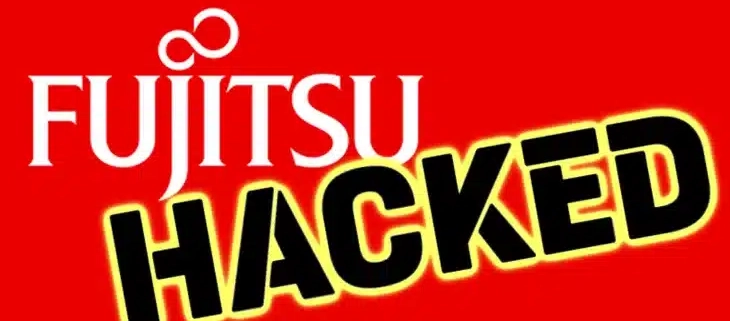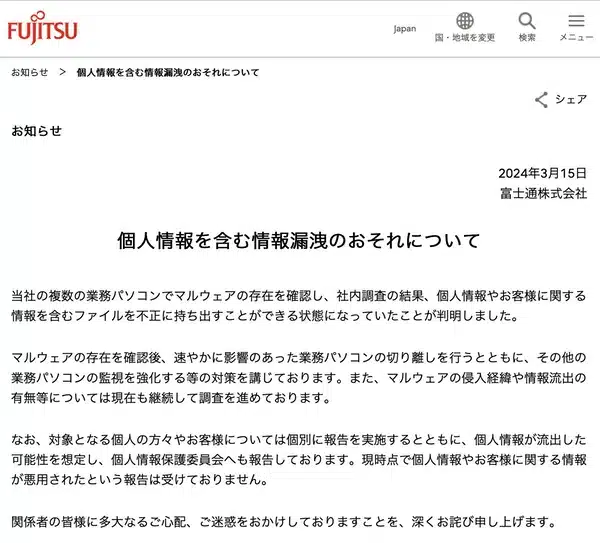COLUMN: Wi-Fi scandal raises questions | Opinion
SFA has upgraded their internet security to presumably prevent another cyberattack like last summer. However, they jumped the gun by blocking too much, leaving many students confused and annoyed.
As of this week, students have noticed poor connections and an inability to connect to online gaming parties. The upgraded system also recognizes VPNs as a threat, so students who care about their personal internet safety are unable to log into accounts that use the CAS login, like mySFA and D2L, and may be blocked from internet access.
It was later revealed that IT has identified the issue and is working toward unblocking it in the firewall. Despite this, students have seen little to no changes in their inability to leisurely hop online, and some speculate that this blocking was purposeful to stop students from using so much Wi-Fi.
Whatever the reason, SFA has disrupted the lives of students. One cannot help but think this has come at an inopportune time, as the semester ends and finals begin to rear their ugly heads. Students are already stressed, so adding more stress to their lives is a misstep—one that was easily avoidable.
Why make changes during the semester, after students have already had months to get used to the Wi-Fi system? The summer would have been a much better time to get this sorted out, with the majority of students being gone, but never mind logic and reason.
Not to be ignored is the fact that students pay a lot of money to live on campus. With this payment comes the understanding that they are afforded some level of leisure time, but that has now been taken away for the student who wants to unwind online. We take one step closer to an Orwellian future, day by day, as we allow ourselves to be manipulated.
Time will tell if SFA truly aims at fixing these issues. One can only hope they are able to tackle them with as much haste as they had when implementing them. As the students get tread on by changing policies throughout the semester, a question is raised: where do students fall on SFA’s hierarchy?
…





